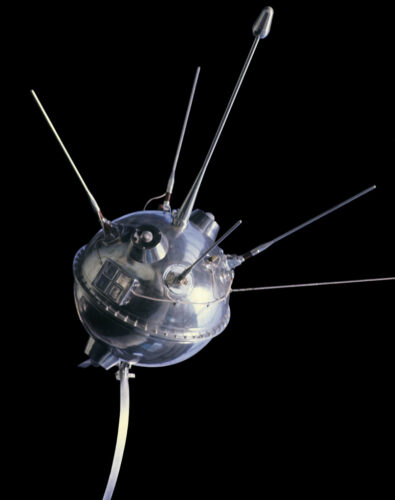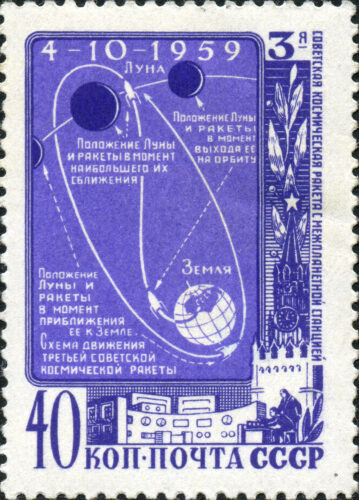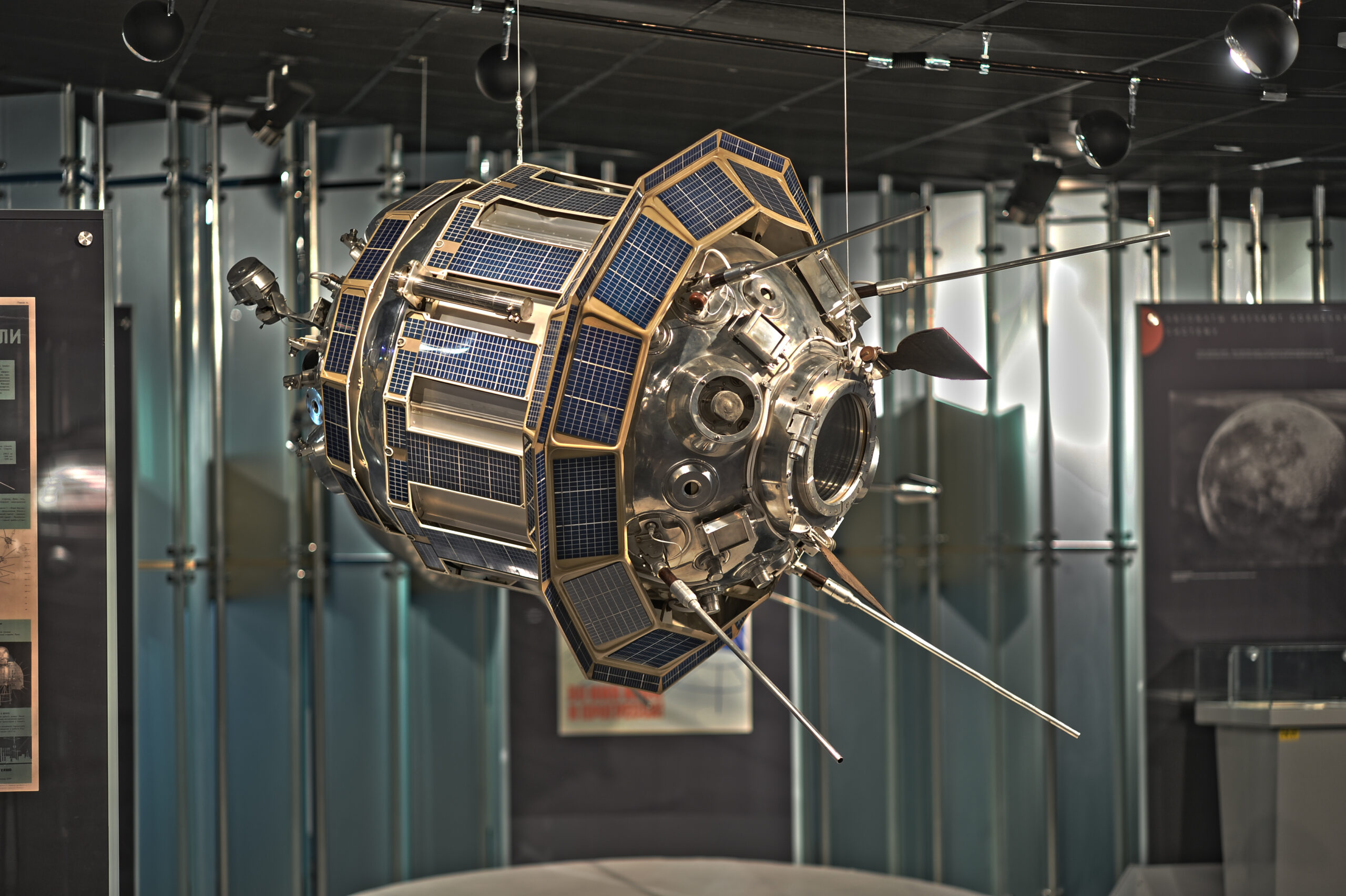A 1:1 scale model of a Luna 3 satellite at the Memorial Museum of Cosmonautics in Moscow.
In the early days of the Space Race, the United States Central Intelligence Agency (CIA) executed a daring and audacious operation to steal a Soviet Luna satellite. This operation was not just a feat of espionage, but a crucial move in the chess game of international politics during the Cold War
The Soviet Luna Program.
In the late 1950s and early 1960s, the Soviet Union was making significant strides in space exploration. They had launched the Luna program, also known as Lunik by the Western media, with Luna 1 being the first spacecraft to miss the Moon. Luna 2 became the first spacecraft to impact the lunar surface, and Luna 3 returned history’s first-ever pictures of the Moon’s far side. These achievements were a blow to American morale and highlighted the perceived disparity between American technology and Soviet power.
Each mission in the Luna program was designed as either an orbiter or a lander, and they performed many experiments, studying the Moon’s chemical composition, gravity, temperature, and radiation. Twenty-four spacecraft were formally given the Luna designation, although more were launched.

Operation Planning
The CIA, naturally interested in the Luna probes, hatched a plan to study a Luna satellite up close. The opportunity arose when the Soviets sent one of their Luna satellites on an exhibition tour of several nations. The CIA saw this as a golden opportunity to learn more about Soviet technology and potentially gain an edge in the Space Race.
The operation was meticulously planned and executed. The CIA had to anticipate the exhibition tour of the Luna satellite, prepare a team, and devise a detailed plan to dismantle, study, and reassemble the satellite without leaving any trace. It was like something straight out of a movie. Only it actually happened.
Mission Execution
In the late 1950s or early 1960s, the exact dates of which remain somewhat unclear in declassified documents, the audacious operation took place in Mexico. A team of four individuals, working silently through the night, managed to disassemble a Luna satellite without even removing it from its crate. This team was led by Robert Zambernardi, a CIA officer hailing from Massachusetts, and included Eduardo Diaz Silveti, a spy from Mexico’s Federal Security Directorate (Dirección Federal de Seguridad). They meticulously photographed and documented every component of the satellite before flawlessly reassembling it, leaving no trace of their clandestine operation. This daring act of espionage marked a significant event in the early years of the Space Race.

After Action Report
The operation was a success and the CIA gained valuable insights into Soviet technology. This intelligence helped the U.S. not only anticipate launches and their impact on the public but also to adjust American launch schedules to better keep pace with the enemy. Many details of the operation remain classified.
The declassified documents do not provide a clear answer to whether the Soviet Union ever discovered the CIA’s operation to study their Luna satellite. The CIA’s operation was carried out with extreme caution, and they left no trace of their activities. Therefore, it is plausible that the Soviets remained unaware of the exact details of the operation. However, given the nature of international espionage during the Cold War, it is also possible that the Soviets had some suspicions or inklings about foreign interest in their space technology. The truth remains a part of the clandestine history of the Cold War. It is a fascinating chapter in the history of the Space Race, a time when every piece of information could tip the balance in favor of one superpower over the other.
Resource
Central Intelligence Agency
CIA.gov
*The views and opinions expressed on this website are solely those of the original authors and contributors. These views and opinions do not necessarily represent those of Spotter Up Magazine, the administrative staff, and/or any/all contributors to this site.
